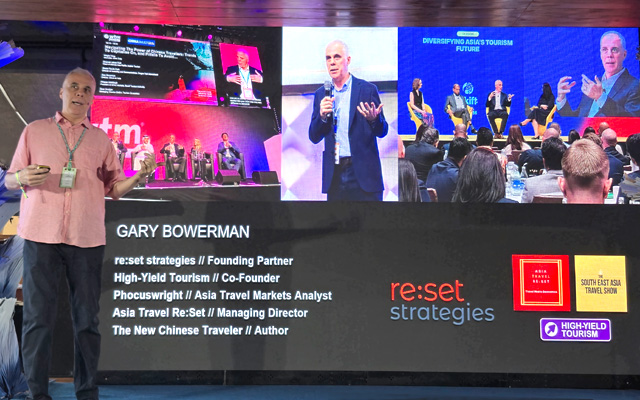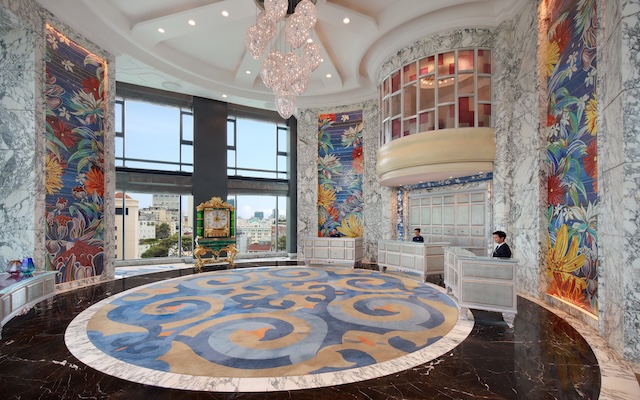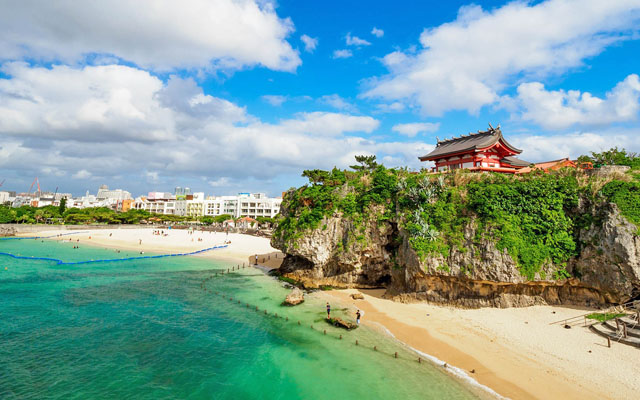Asia’s lifestyle economy is evolving rapidly, pushing the industry to constantly rethink how it markets, promotes and operates amid increasing fragmentation.
Speaking at the Open House of Further East 2025 last week, Gary Bowerman, founder of Re:Set Strategies, said the future of travel and tourism in Asia-Pacific was already here and the region was no longer importing trends from the West, driven by the rise of the lifestyle economy, which began to accelerate around 2015.

Travel is no longer viewed as a separate two-week holiday, but is integrated into modern Asian lifestyles, which are shifting quickly in terms of technology, wealth, demographics and culture.
“Tourism boards now are trying to (attract) travellers through festivals like musical, cultural, and arts. These kinds of things didn’t really happen a few years ago in Asia, but they’re certainly happening now, and that’s because travel has completely diversified and it’s completely fragmented,” he said.
Bowerman also noted a lifestyle shift in Asia whereby “made in Asia” has allowed the region to not only import trends from the West.
He cited five examples of “made in Asia” brands that “this year have had a really impactful way of thinking, in terms of the way Asian people think about lifestyle and travel and tourism”.
PopMart’s Blind Box strategy has driven engagement and brand presence; Molly Tea, an upscale Chinese tea brand, has expanded rapidly into Western markets.
The South Korean film K-Pop Demon Hunters is also influencing tourism, shaping not only the number of visitors but how they behave, including spending more time and money in convenience stores.
At the higher end, Chinese luxury jewellery brand Laopu Gold has grown quickly, challenging major Western brands.
Bowerman said: “Laopu Gold went public on the Hong Kong Stock Exchange last year. This year, its stock price went up 2,000 per cent. It started to be bought by Hollywood celebrities. It started to be bought by US NBA stars, sports stars. It’s having a massive impact and it’s starting to eat into the sales of major (Western brands).”
China’s smartphone giant Xiaomi has also launched a globally competitive luxury EV.
He said: “This car, I think, sold about 350,000 cars in about 15 minutes, one of the most luxurious cars in the world. It’s compared with Porsche – and it’s a Chinese EV made by a smartphone manufacturer. Now, if that’s not lifestyle, I don’t know what is.”
Bowerman added that the era of predictable travel patterns in Asia is over. The pace of change is so “frenetic”, fast-moving and fragmented that megatrends no longer exist. He expects the industry to stop “chasing trends” and instead focus on becoming highly discoverable.
“Travellers are more discerning, selective, and will actively research good products online, even without local social media promotion,” he said.
He also highlighted the rise of the “Joy Economy”, particularly among young, hard-working Asians seeking experiences that offer separation from daily pressures. This search for fulfilment is driving trends such as ziplining and hanfu dressing at historic locations.
Significant infrastructure investment is underway across Asia to support continued travel growth, including new airports and expanded high-speed rail networks.

















